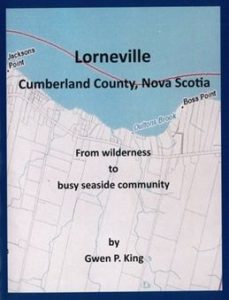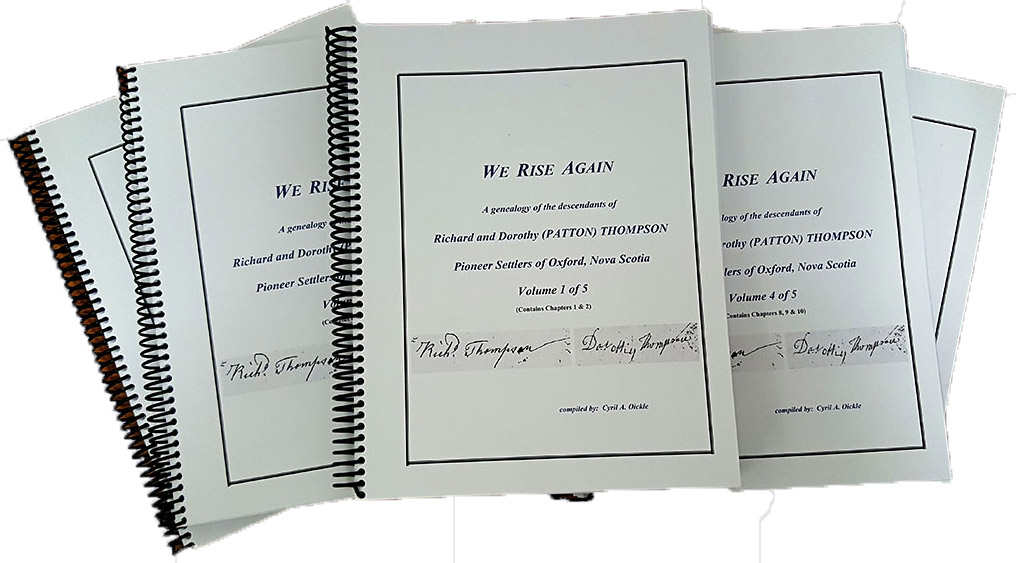Port Pugwash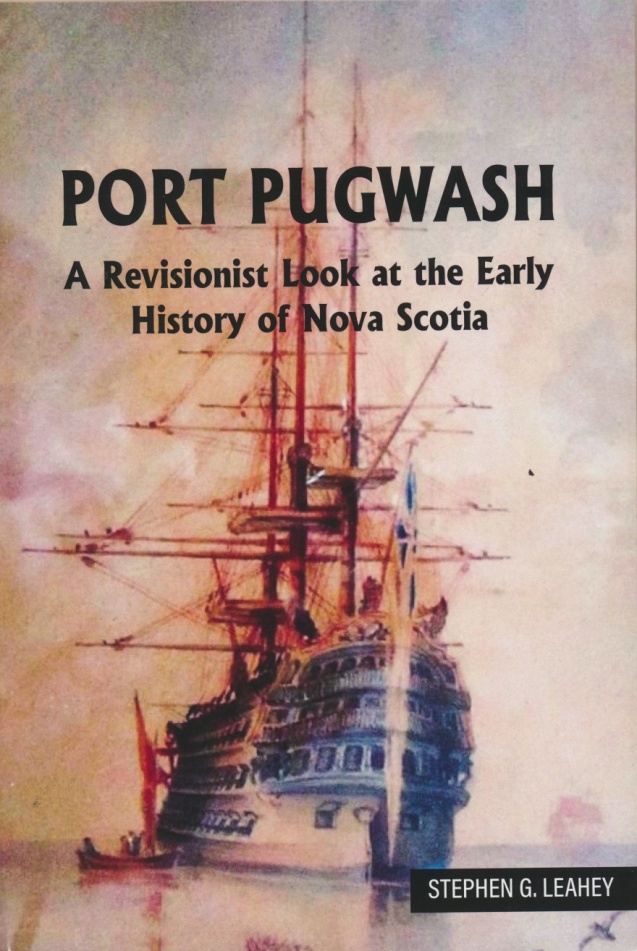
A Revisionist Look at the Early History of Nova Scotia
Price $29.95 + S&H
140 pages
6” x 9” perfect bound
By author Stephen G. Leahey
Port Pugwash, a sheltered and hidden deep-water port in Northern Nova Scotia, with three rivers and hundreds of thousands of acres of white pine nearby, was a favorite of the Mi’kmaq from time immemorial.
In the mid-1500’s, it hosted a Spanish fishing station and in 1672, at the behest of Jean-Baptiste Colbert, King Louis XIV’s economic minister, it became a secret, viable and self-contained trans-shipping point, launching its role in “triangular trade.” For the next 80 years, the Port was overseen by the colony’s Intendant in Quebec and controlled by the influential Denys/LeNeuf families of Trois-Rivieres who dominated the large marshlands using the Port as their shipping point to Fort Louisbourg.
n 1755, Port Pugwash was peacefully captured by the British who continued the French practice of keeping the Port secret. It soon became the centre of an extensive Naval Stores industry, while also delivering thousands of spars and masts for the British Navy.
Around 1815, Britain surrendered the land to timber merchants, including the well-known Cunard family. Port Pugwash maintained its primacy in shipping lumber and pulpwood until the 1950’s.
The dominant role that Port Pugwash played in the early history of Acadia/Nova Scotia requires revising our understanding of history to include the findings set out in this book.


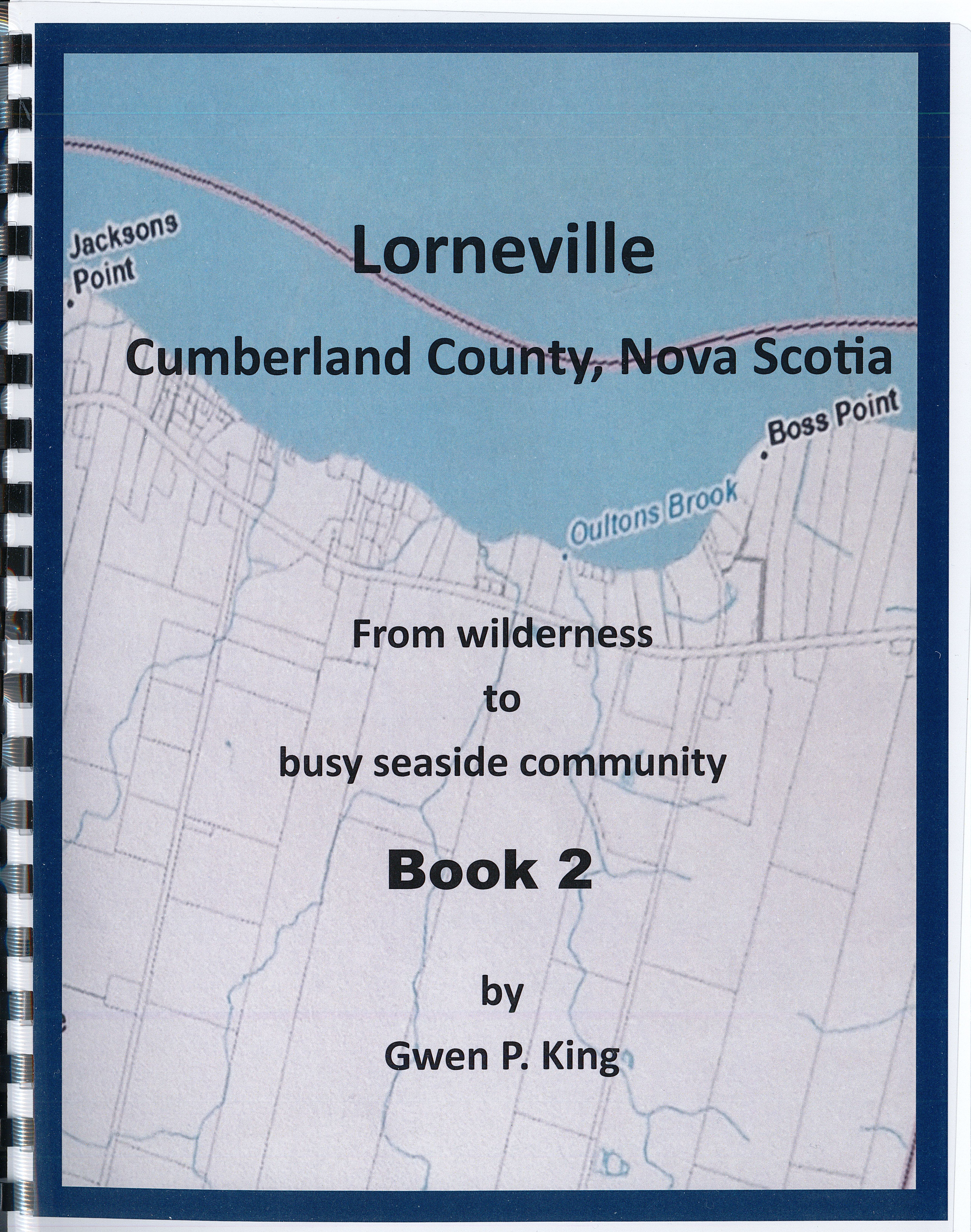
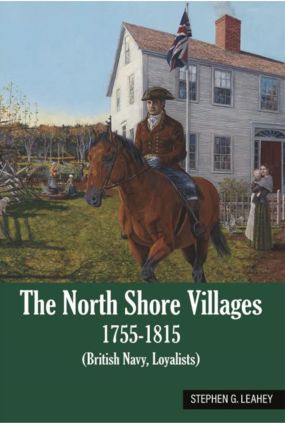 “The North Shore Villages”
“The North Shore Villages”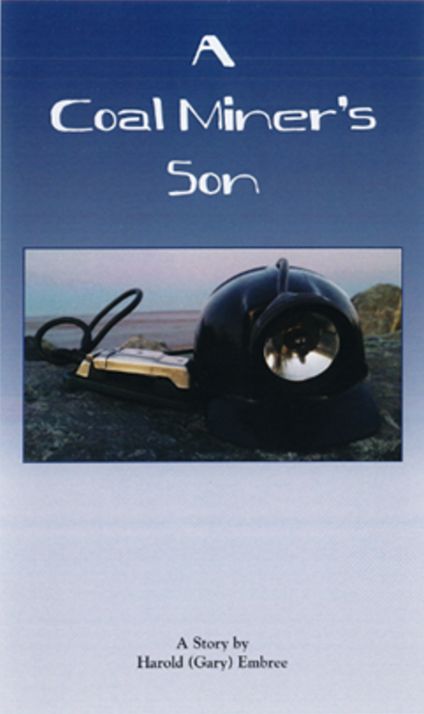 “A Coal Miner’s Son””
“A Coal Miner’s Son””